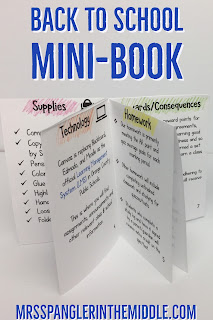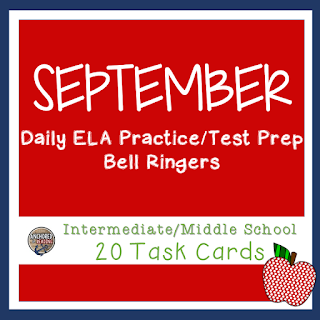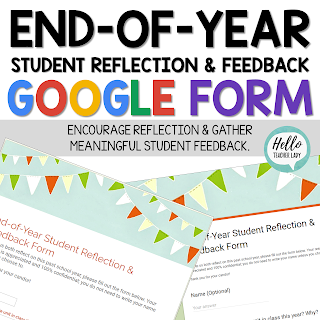I've asked a few of the Middle School Mob to share their favorite poetry resources. Here are four great ideas for engaging your students with poetry:
A Poem that is Worthy of Missing Recess??
Caitlin and Jessica from EB Academic Camps want to share their students' love for Edgar Allan Poe's poem "Annabel Lee." "You know it's an effective poem to teach when your students continue analyzing and talking about the content long after you have finished your lesson plans!" They say. "We just never thought it would be a poem from 1849 that our students would become obsessed with. They honestly want to spend recess time with us to continue discussions, and we've even had a few students who have asked for their parents' thoughts about the poem. Year after year, Edgar Allan Poe's "Annabel Lee" does just that! It is the PERFECT spooky poem to use around Halloween (but we've also taught it in April during National Poetry month, so honestly, it really doesn't matter!)
"You know it's an effective poem to teach when your students continue analyzing and talking about the content long after you have finished your lesson plans!" They say. "We just never thought it would be a poem from 1849 that our students would become obsessed with. They honestly want to spend recess time with us to continue discussions, and we've even had a few students who have asked for their parents' thoughts about the poem. Year after year, Edgar Allan Poe's "Annabel Lee" does just that! It is the PERFECT spooky poem to use around Halloween (but we've also taught it in April during National Poetry month, so honestly, it really doesn't matter!)Click the link below to learn more about Caitlin and Jessica teach this spooky poem:
Powerful Read Aloud
Lisa from Mrs. Spangler in the Middle offers this great idea for introducing poetry to students.
"Love That Dog by Sharon Creech is a poem that is also a book," Lisa says. "It's a free verse piece that gives voice to students' general aversions to poetry (it's "just" for girls, there's "nothing" to write about, poems are confusing and hard to understand, etc.) but then goes on to show that writing and reading poetry is not only enjoyable, but can also be a good way to deal with painful emotions and memories. It's a very powerful read that includes other famous poems along the way, but makes them relevant to today's middle schoolers. It's so powerful when read aloud, and I can't recommend it enough!"
You can click the link below to read Lisa's blog post on her top 3 poetry picks:
 Need Ideas?
Need Ideas?
Sharon from Classroom in the Middle says, "One of the great things about April is the month-long celebration of all things poetry known as poetry month. At this time of year, teachers can always use more poetry ideas and resources -- whether is it new poems to teach, fun poetry activities, or sites for kids to check out for an author study.
Check out the links in this post for some great resources:
30 Days of Poetry
Marypat from Just Add Students loves providing students with opportunities to write their own poems.
"Students love writing a variety of poems," she says. "from the simple to the complex. And when they have a mentor poem to pattern their own writing after, the entire process is less scary and intimidating. From an acrostic to an ode -- students can play with poetry forms to express themselves and practice using language in new ways!"
Click on the link below to check out her 30 Days of Poetry resource:
30 Days of Poetry
What will be happening in your classroom to celebrate National Poetry Month?
How do you share poetry with your students?
Let us know in the comments!
What will be happening in your classroom to celebrate National Poetry Month?
How do you share poetry with your students?
Let us know in the comments!
Here's to a month filled with great poetry!






























